8 Technologies Influencing eLearning Today
Technologies influencing eLearning include social learning, video, adaptive algorithms, and microcourses and credentials.
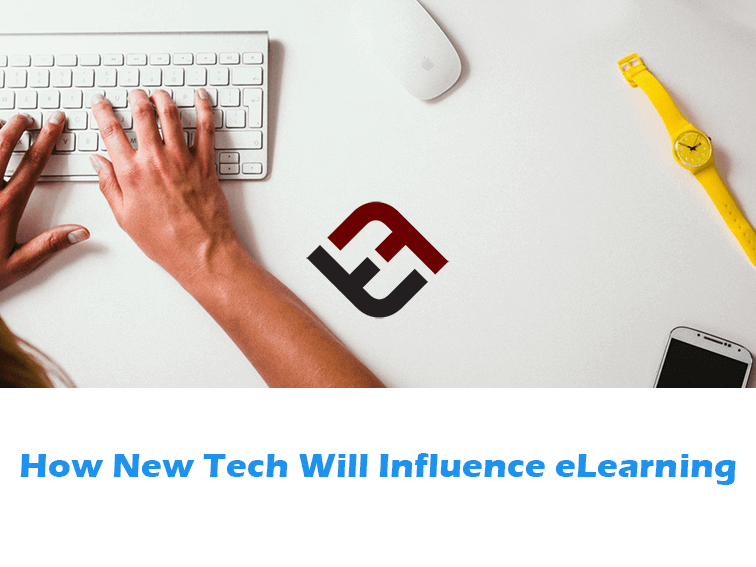
Technologies influencing eLearning include social learning, video, adaptive algorithms, and microcourses and credentials.
EduApp4Syria is a challenge to create apps that can build literacy skills in Arabic and improve well-being for Syrian children ages 5-10.
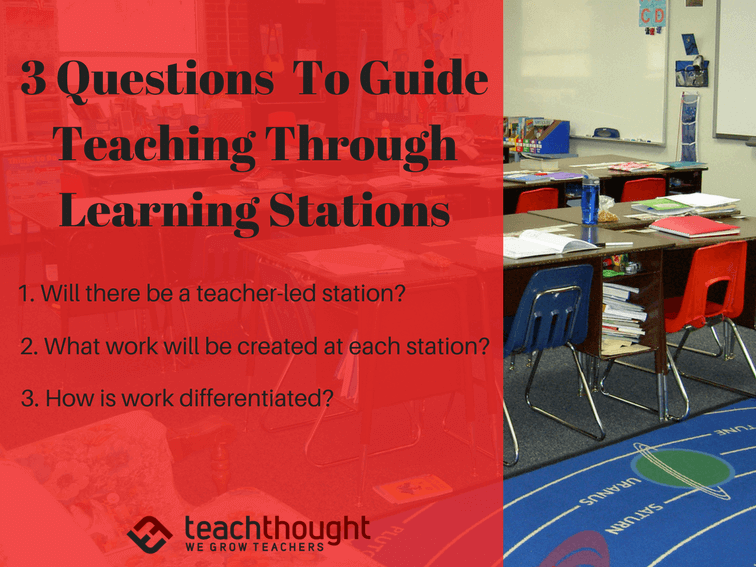
How will work at learning stations be timed? How will students transition between stations? Will there be models of work or guided examples?
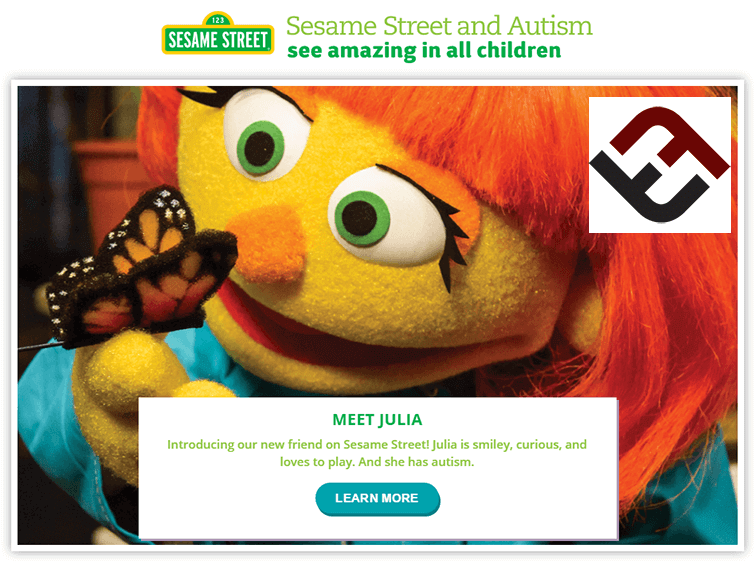
Julia comes to life as a Muppet, along with resources designed to serve autistic children and their families and increase autism awareness.
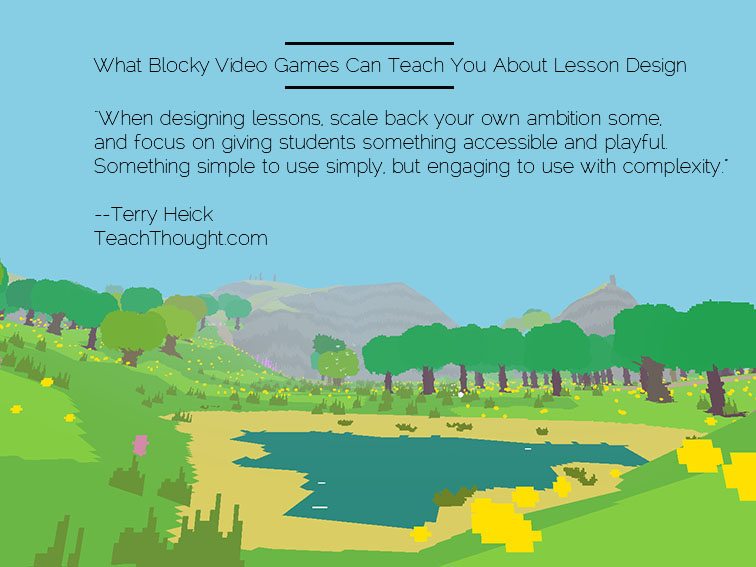
In your lesson design, give students something accessible. Playful. Something that is simple to use simply but complex to use with complexity.

It’s important for kids to believe they can create change in the world. Activism allows them to try leadership roles & learn about diplomacy.
The goal of an accommodation is for students to build measures of self-sufficiency: I need this accommodation to show I can master a concept.
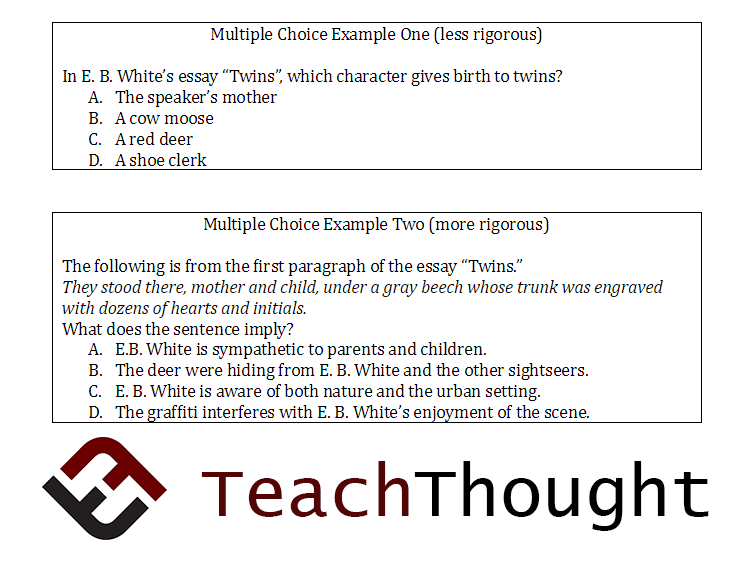
In your assessments, strive for a level of rigor that challenges the students while remaining accessible and even compelling.
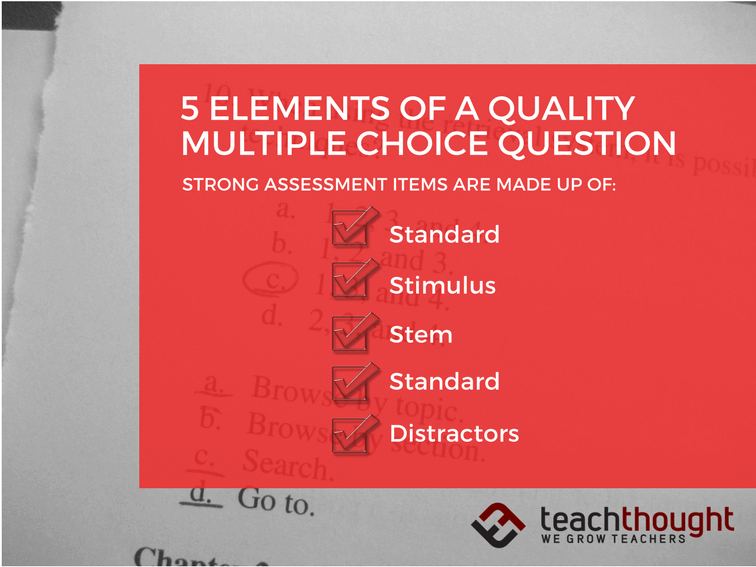
The five elements of a quality multiple choice question include standards, stimuli, stems, keys, and distractors.

Cultivate more teamwork and less group work by teaching students how to work together instead of as individuals near each other.
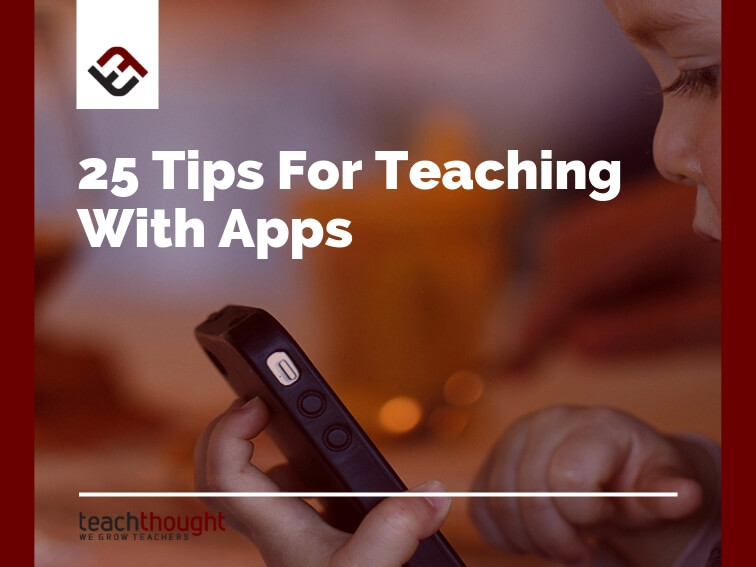
At first glance, apps, seem more engaging than books. So use them together–have the app front-load the book, or vice-versa.
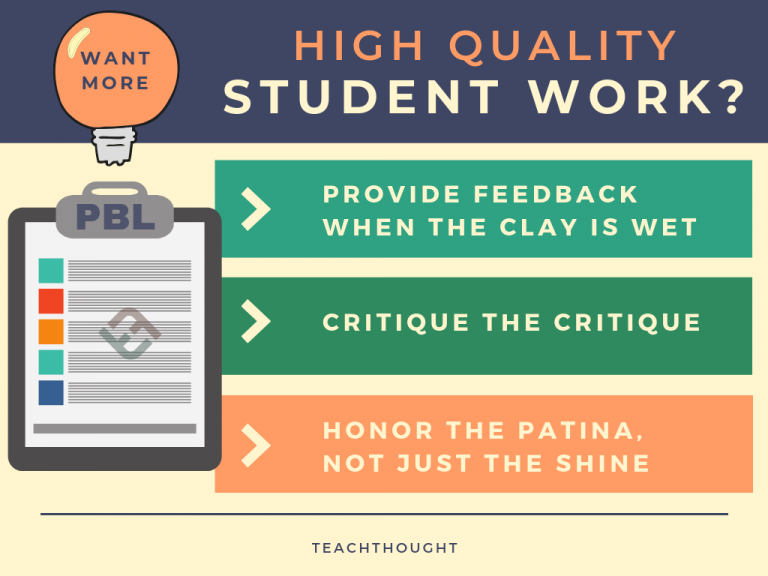
How can we make high-quality student work a feasible reality in our classrooms? Here are lessons learned that have helped me on my journey.
End of content
End of content